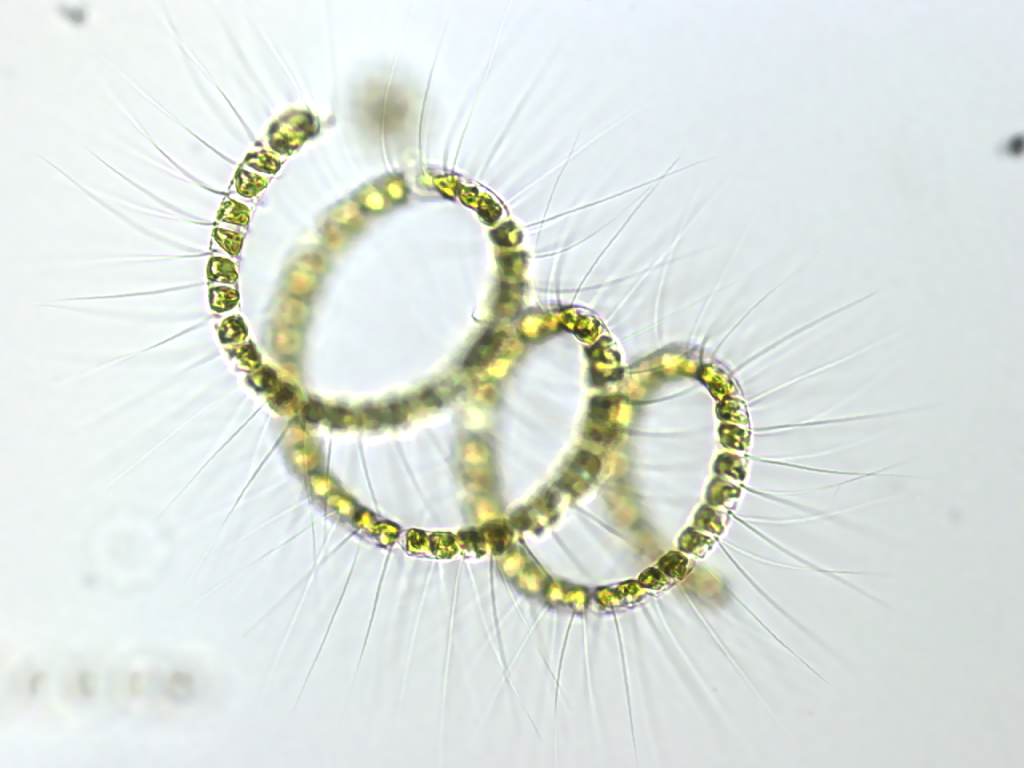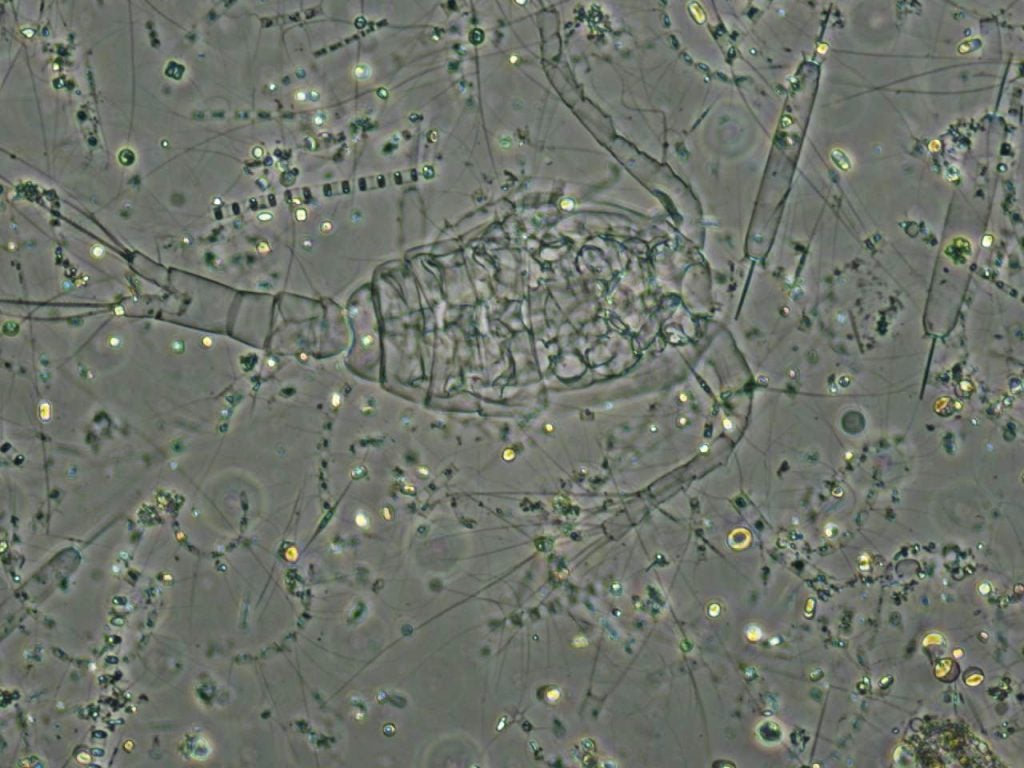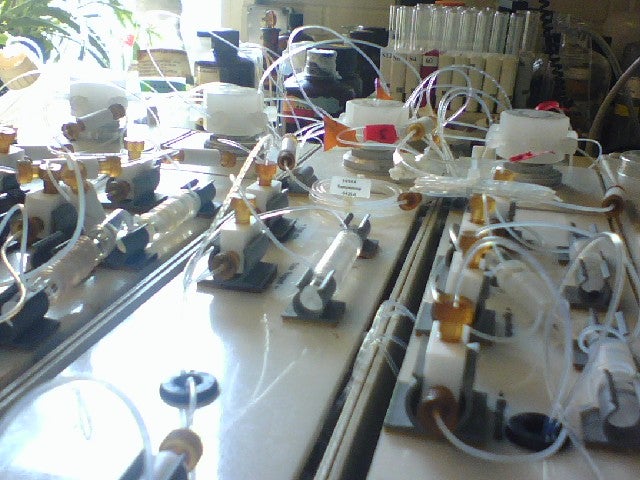As a courtesy to fellow scientists, please e-mail Tatiana Rynearson to indicate how you are using this data so that efforts are not duplicated. Comments and suggestions as to the website and its data are also welcome.
How to reference the time series in publications: Please refer to the time series as “The Narragansett Bay Long-Term Plankton Time Series.” Include the date that the website was used for data accession.
Phytoplankton Data

The Narragansett Bay time series is an active participant in the following plankton and time series working groups:
- The IOC-UNESCO International Group for Marine Ecological Time Series (IGMETS)
- The IOC-UNESCO working group to investigate Climate Change and Global Trends of Phytoplankton in the Ocean (TrendsPO)
- The ICES Working Group on Phytoplankton and Microbial Ecology (WGPME)
- SCOR WG137: Global Patterns of Phytoplankton Dynamics in Coastal Ecosystems (WG137)
An interactive graphical summary of our time series is also available on the METABASE website.
Zooplankton Data

Zooplankton material is based upon work supported by the National Science Foundation under Grant No. 0115177. Any opinions, findings, and conclusions or recommendations expressed in the material are those of the author(s) and do not necessarily reflect the views of the National Science Foundation.
For more information on gelatinous zooplankton data, contact Dr. Barbara Sullivan–Watts.
Environmental Data

Available downloads:
Physical Data (.xlsx)
Nutrient Data: surface and bottom depth (.xls)
Historical Data
Biological and physical data collected by Professor T. Smayda and his lab from the 1959-1997 time period have been compiled at NABATS.org. These data are also housed at NarrBay.org.
Nutrient data spreadsheets are available for download (Microsoft Excel, .xls). The available data begin in 1959 and span several years.
Physical data as well as chlorophyll and zooplankton spreadsheets are available for download (Microsoft Excel). The available temperature data span from 1959 through 1997.
